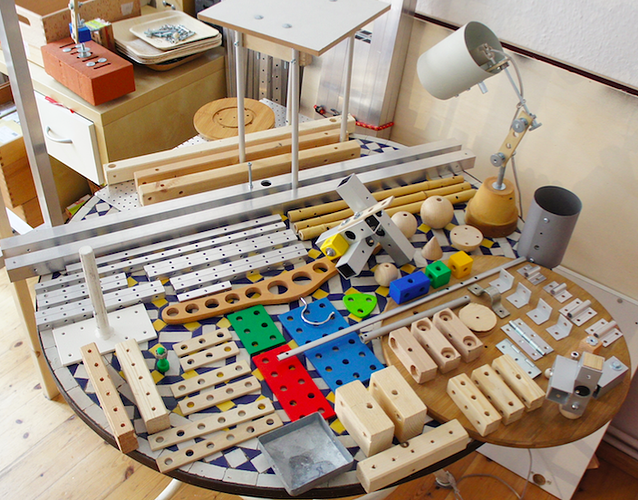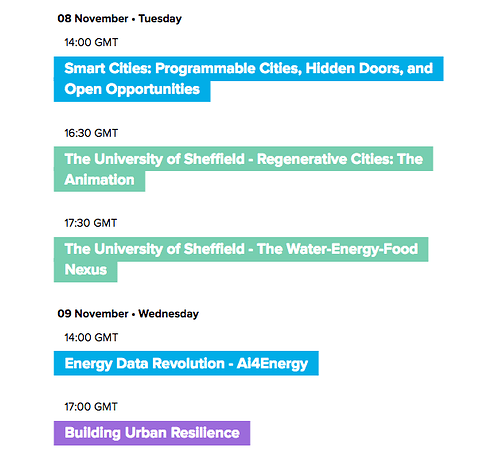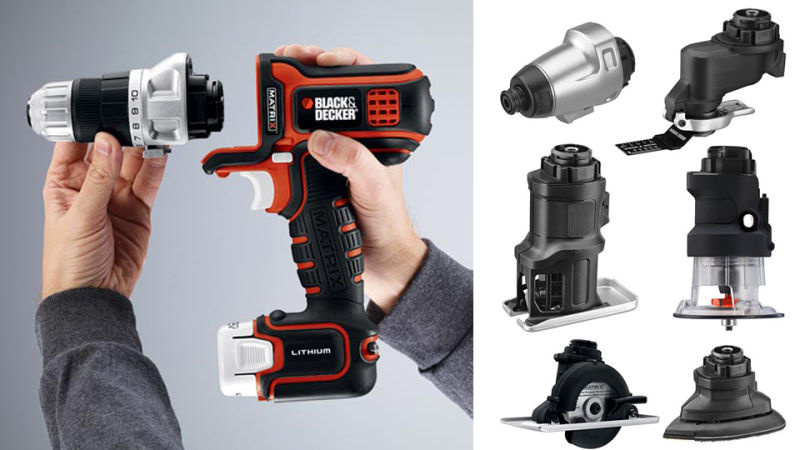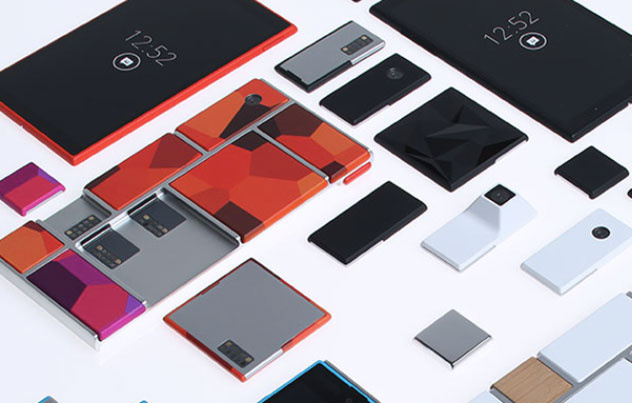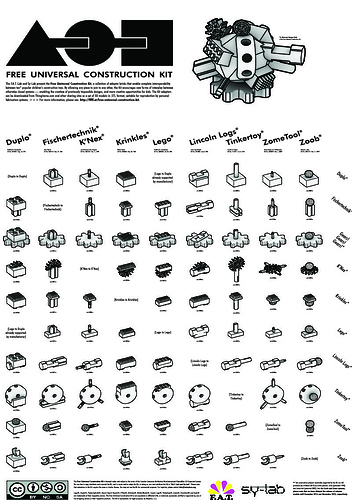##Products In The Circular City
Hello.
This model is quite interesting and makes me think about how these productive models should be structured. As an industrial designer and university professor of sustainability in the design, I have tried to propose in the classes more sustainable productive models for the products, which has led me to think products that fulfill several purposes that can be applied and be very useful for the Circular city, although this sustainable products are rarely understood in how sustainability is applied and how it will be open to improvements and can really impact the way we manufacture the products.
This is a list of parameters that should meet a sustainable product (many of them are part of the approach of @Lars2i):
Must have 3 parts: one part Re, one part Co, one part Mod
Re- Reusable, Recyclable, Recoverable.
Co- Compostable or combustible.
MOD- a modular base that serves different products or product categories and is the motherboard on which the different systems are mounted.
Mod- other modular parts that help to better integrate the system but not the main base but components that allow its operation.
Each of these parts should also comply with the following specifications:
MOD or mod - being a main element, its useful life should be extended since it should serve as a matrix for new products, where possible tending to an infinite (impossible) life that allows to be used and reconfigured countless times. The mod elements should be able to be coupled each other creating more resistant and complex systems with a greater capacity of use.
Re- These parts that cannot have an extended life time, either by technical characteristics (such as being in contact with food or because they are programmed to suffer some type of wear) or because their duration can not be controlled, must be designed with materials That come from recycling processes or that come from other productive cycles and that they are designed precisely so that they are destroyed and remanufactured. In this way it is possible to introduce these products into closed cyclic models (with a high degree of difficulty) that allow to control their entry and exit.
Co- The latter are pieces that can not definitively be reused or that their materials can not be recovered, so they should be avoided to end in a landfill, so they must be recovered and used for the generation of energy within the productive processes or for The production of organic materials inside or outside other productive cycles, as fertilizer that allows the growth of this organic material. The ultimate goal of this type of product should be to minimize its impact on the environment.
A last important point of this approach is that it must use associated service models that allow the recovery of these components and allow producers and customers to understand how their role is vital to the operation of the system and that the loss of materials are Reduced to the maximum. The physical part of the product is only a 30% of the system, but without the other 70% corresponding to these associated services, this model is impossible to carry out in sufficient quantities to be feasible.
